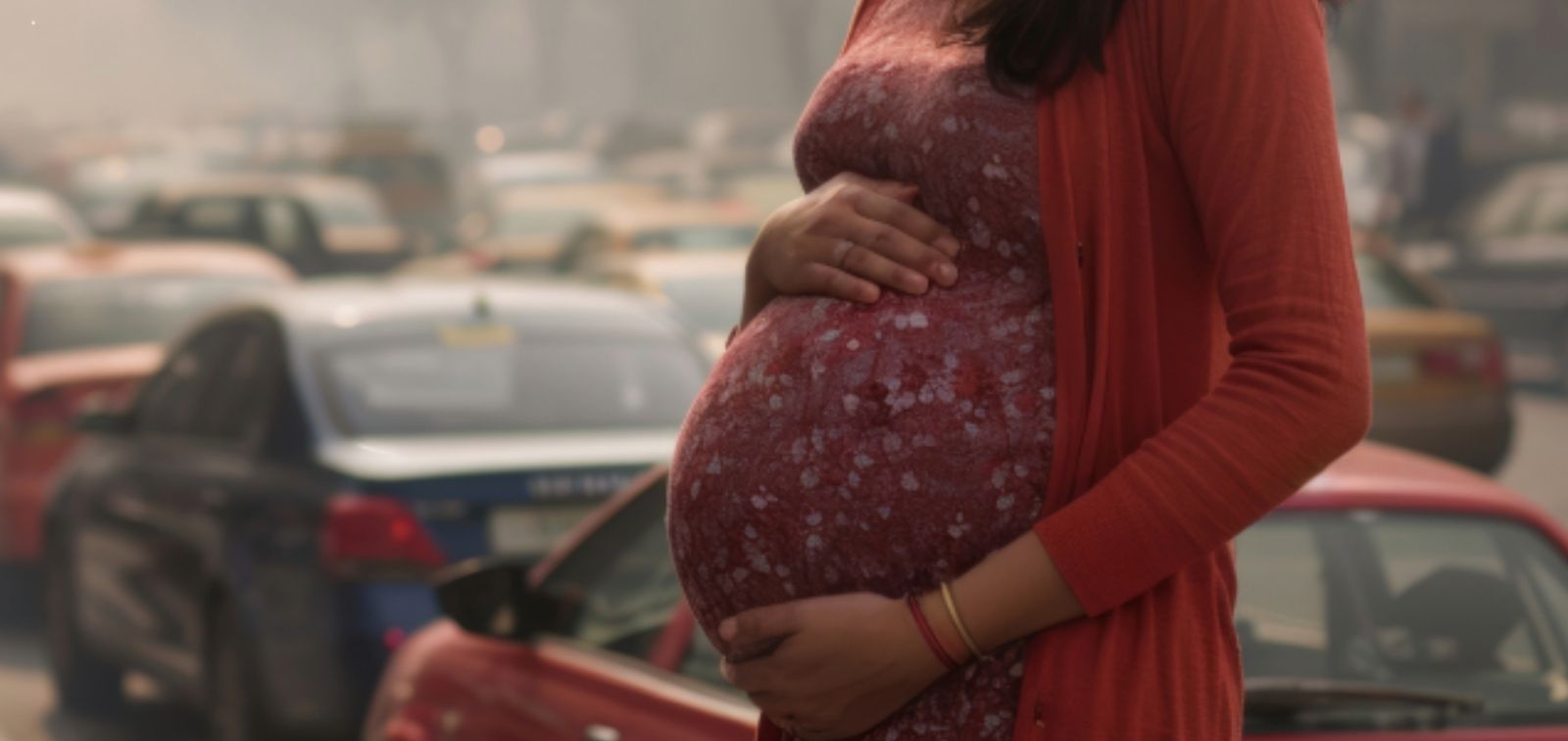Exposure to Particulate Matter during Pregnancy Increases the Risk of Low Birthweight and Preterm Birth
According to a large population-based study in Spain, the effects of PM10 and PM2.5 pollutants are more pronounced among pregnant women with lower educational levels and living in disadvantaged areas
02.10.2025
Un nuevo estudio liderado por el Instituto de Salud Global de Barcelona (ISGlobal), centro impulsado por la Fundación ”la Caixa”, en colaboración con el Centro de Investigación Biomédica en Red (CIBER), concluye que la exposición a concentraciones más elevadas de partículas en suspensión (PM2,5 y PM10) durante el embarazo se asocia con una reducción significativa del peso al nacer y con un mayor riesgo de parto prematuro. Estas asociaciones fueron más fuertes en los bebés cuyas madres tenían menor nivel educativo, especialmente cuando se combinaba con la residencia en zonas más desfavorecidas. Los resultados del estudio, publicados en la revista European Journal of Epidemiology, sugieren que el tercer trimestre del embarazo puede representar un periodo crítico de susceptibilidad a las partículas PM10 en relación con el peso al nacer.
La contaminación atmosférica como factor de riesgo prenatal
A pesar de las políticas implementadas en Europa en las últimas décadas para reducir la contaminación del aire, esta sigue siendo uno de los principales retos ambientales y de salud pública. Durante el embarazo, el feto es especialmente vulnerable a los contaminantes atmosféricos –como las partículas PM10 y PM2,5–, ya que pueden interferir en procesos clave del desarrollo.
El estudio contó con datos de más de 3 millones y medio de nacimientos en España entre 2004 y 2016 para las PM10, y casi 2 millones de nacimientos entre 2010 y 2016 para las PM2,5. El equipo estimó las concentraciones diarias de partículas en suspensión en el domicilio de las madres durante todo el embarazo mediante modelos que combinan datos geográficos y técnicas de inteligencia artificial. Además, los datos se estratificaron por nivel educativo de la madre como indicador socioeconómico, permitiendo evaluar posibles desigualdades en los efectos de los contaminantes.
La exposición a PM10 podría afectar directamente al crecimiento fetal
“Para las partículas finas o PM2,5, la asociación con un menor peso al nacer parece deberse principalmente al incremento del riesgo de parto prematuro, es decir, a una reducción de la duración de la gestación. En cambio, los efectos de la exposición a PM10 no se limitaron a este mecanismo, lo que sugiere que estas partículas podrían influir de forma directa en el crecimiento fetal”, explica Mònica Guxens, investigadora ICREA en ISGlobal y primera autora del estudio.
El tercer trimestre, un periodo crítico de susceptibilidad
Los resultados señalan que el tercer trimestre del embarazo podría representar un periodo especialmente vulnerable a los efectos de PM10 sobre el crecimiento fetal. Los dos últimos trimestres son claves para el crecimiento y maduración fetal, cuando la demanda de oxígeno y nutrientes aumenta considerablemente.
“Nuestros resultados subrayan la necesidad de políticas para reducir la exposición a partículas en mujeres embarazadas, especialmente en contextos socialmente vulnerables”, señala Mònica Guxens. “Las futuras investigaciones deberían seguir explorando el papel de las desigualdades socioeconómicas en la exposición a contaminantes, para diseñar intervenciones de salud pública más equitativas y eficaces”.
Referencia
Guxens, M., Botella, N., Stafoggia, M., Canto, M., Petricola, S., Valentín, A., Lertxundi, A., Fernández-Somoano, A., Freire, C., García-Altés, A., Diez, E., Marí-Dell’Olmo, M., Iñiguez, C., López, M. J., Ramis, R., & Binter, A.-C. (2025). Particulate matter exposure during pregnancy and birth outcomes: exposure windows of susceptibility and socioeconomic inequalities. European Journal of Epidemiology. https://doi.org/10.1007/s10654-025-01274-1



